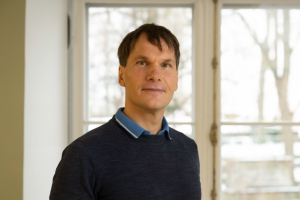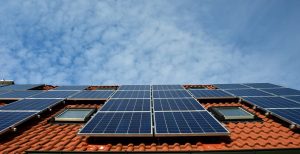In its new short report “The impact of population ageing and low birth rate on long-term state revenue and expenditure”, the Foresight Centre notes that the lower than projected birth rate will reduce government spending on family policy and education, but in the long term, it will mean up to 1.3 billion euros less in tax revenue.
News
The analysis of the Foresight Centre shows that increasing the revenues of Estonian municipalities would improve the quality and availability of public services. However, the annual growth of revenues is not enough for this. It is necessary to find extra income, carry out fundamental innovative changes, or reduce the responsibilities of the municipalities.
After the administrative reform, the differences in the revenues of the so-called wealthy and poor municipalities decreased and the income per resident significantly increased. Today, however, the gap between municipalities is widening again, according to the Foresight Centre’s short report ‘Trends in local government revenues’.
According to the Foresight Centre’s short report “Green investment trends of companies in Estonia and Europe”, Estonian companies’ involvement in green investment is similar to the rest of Europe, although considerably fewer companies invest in energy production.
Short-term energy storage would help solar panel owners to increase the profitability of their electricity production, which would also help keep the Estonian power system in balance, according to an analysis commissioned by the Foresight Centre.
The increase in electricity microgeneration and the number of active consumers or prosumers in the power grid requires further development of the distribution network. This demands higher expenditures that the current network charges do not cover, which was the message at Foresight Centre’s Energy Conference ‘How will the role of consumers in the electricity system change?’.
Today, the Foresight Centre presented the report ‘Active Consumers in the Future Energy System’, which reveals that electricity management potential reaches 400MW in Estonia, exceeding the capacity of the Auvere power plant. The realisation of this potential is based on the assumption that electric cars and heat pumps become more widespread.
The Foresight Centre’s report ‘Active Consumers in the Future Energy System’ to be published this week states that although interest in electricity production has waned among the residents of Estonia compared to the peak of the energy crisis, the number of micro-producers in the Estonian energy system will grow up to four times by 2040. However, the increase of electricity-producing consumption does not jeopardise the balance and stability of the energy system.
People in Estonia have begun to consciously manage their electricity consumption during periods of high prices. This has helped reduce costs and better balance energy supply and demand. However, the potential for managing electricity consumption in Estonia is double that which is currently being seen, and its full implementation would require the amendment of legislation.
There are nearly 10,000 households in Estonia that both consume electricity from the distribution grid and produce electricity for the distribution grid. The calculations of the Foresight Centre indicate that on 130 days a year on average, the amount of energy supplied to the grid by households is greater than the amount of energy taken from the grid. In the case of prosumers who are legal entities, the amount of energy supplied to the distribution grid is greater than the amount consumed 96 days a year.

 An independent think tank at the Riigikogu
An independent think tank at the Riigikogu 







 Märt Masso, PhD
Expert of the Foresight Centre
Märt Masso, PhD
Expert of the Foresight Centre 